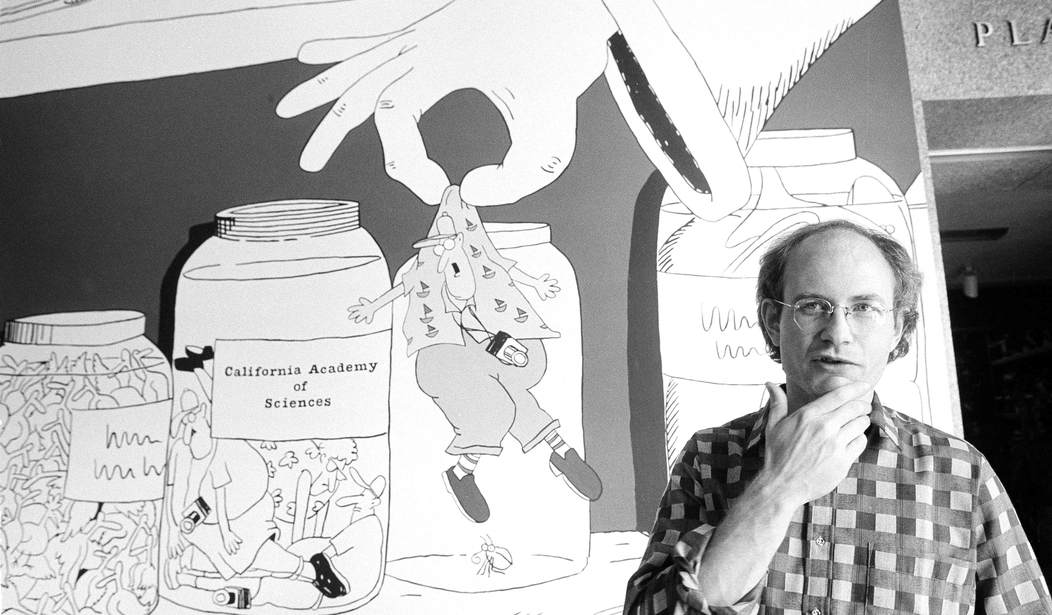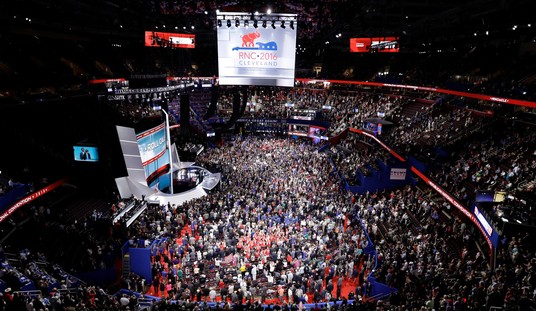When Gavin Newsom chose Laphonza Butler to replace Dianne Feinstein as Senator for California, he may have selected less as a person than a set of intersecting categories. He had already pledged to name a black woman long before he knew who the individual was. Potential replacements mentioned included figures like Oprah Winfrey, Secretary of State Shirley Weber, and Los Angeles County Supervisor Holly Mitchell. Who was less important than what. When the decision was finally made, the Office of the Governor of California tweeted: “Butler will make history as the first Black lesbian to openly serve in Congress,” not as herself but as a symbol.
In a way, the primacy of symbolism simplified Newsom’s choice. He actually had fewer terms to consider in the where clause, not the myriad that define an individual but the two or three that specify a cartoon. Black. Woman. Lesbian.
Governor @GavinNewsom has selected Laphonza Butler to complete Senator Feinstein’s term.
A trusted adviser to @VP Harris and leader of the nation’s largest organization dedicated to electing women, Butler will make history as the first Black lesbian to openly serve in Congress. pic.twitter.com/NTPcK2Wtve
— Office of the Governor of California (@CAgovernor) October 2, 2023
Stereotypes are a tool for simplifying information. The components of Newsom’s model were apparently race, gender, and sexual preference. By considering only these variables, the California governor could maximize whatever he intended, in this case, probably the appeal of the nominee to the Democrat base. Insofar as Butler’s vote is concerned, there was no risk; it will be whatever the party leadership says. Everybody votes as they are told. “Only one Democrat scored less than 90 percent on unity votes,” according to the Roll Call. “Votes that got significant bipartisan support, and therefore didn’t qualify as party unity votes, included both noncontroversial measures such as naming post offices after fallen veterans.” In other words, only on issues that don’t count.
A machine where you walk in as a three-dimensional person named Laphonza Butler with a million attributes and walk out as a black lesbian senatorial abstraction pressed flat like a rubber stamp, is no political disadvantage. You actually want to be turned into a cartoon rubber stamp; for it is by becoming a symbol that one becomes important. This ironically explains why the ‘Cancel’ process is so terrifying. It works by reversing the process of symbolization, by destereotyping you, turning you back into a human being by removing the symbolism in which you had been clothed. Cancel culture is like the acid dip in “Who Framed Roger Rabbit,” By dissolving the caricature, you could effectively be destroyed, which obviously you don’t want to be. No, no!! Don’t dissolve me!! I want to be a Toon! I want to be a Tooooon!!
But if the senators are merely agents of a political party’s will, this raises the question of who defines a party’s symbolism in the first place. Who crafts the Republican (or the Democratic) party’s ideology and agenda? Two factors appear to be the most important determinants: the party’s demography and funding. Taking demography first, the whiter, younger, more formally educated and female is, the more likely a voter is to be liberal and Democrat. From this point of view, Gavin Newsom’s appoint-by-the-numbers choice makes a lot of sense. The governor is pandering (mostly) to his demography. Taking funding next, both parties receive large contributions from the biggest corporations in the country and, increasingly, so it is alleged, from foreign governments. They draw the Toons.
Just as symbolic importance, not individual competence, plays a determining role in political appointments, special interests, and foreign governments also play a central role in setting the parties’ ideology and agenda. They write the scripts the rubber stamp symbols approve. The ‘public interest,’ like individual competence, plays a much smaller role than one might believe. Astonishingly, most of the public senses this dismal state of affairs as shown by surveys. Last month, the Pew Research Institute found that “majorities say the political process is dominated by special interests, flooded with campaign cash and mired in partisan warfare. Elected officials are widely viewed as self-serving and ineffective.” Further:
- About six-in-ten (63%) express not too much or no confidence at all in the future of the U.S. political system.
- Just 16% of the public say they trust the federal government
- A growing share of the public dislikes both political parties
- As the presidential campaign heats up, 63% of Americans say they are dissatisfied with the candidates who have emerged so far
The game is up, but it goes on because politicians can simultaneously be winning the political game even while discrediting the game itself, like a sports team leading the league even while attendance is dropping precipitously. The revolt against Speaker McCarthy suggests the league itself may finally be in crisis. The system is breaking where you would expect it to — on the Republican side. But maybe the whole system is collapsing under the weight of an open border, unsustainable budget, and lawfare that will finally force a change in flight plans. It’s stalling like an airplane with ice on its wings. The establishment is still trying to maintain altitude and even climb by pulling back on the stick. But will it work this time?
Editor’s note: If you enjoy Richard’s columns, you can also read his exclusive premium articles by becoming a VIP member. Use the promo code SAVEAMERICA to save 50% on your membership, which drops the price to $2/month for a standard VIP membership. Sign up here.









Join the conversation as a VIP Member